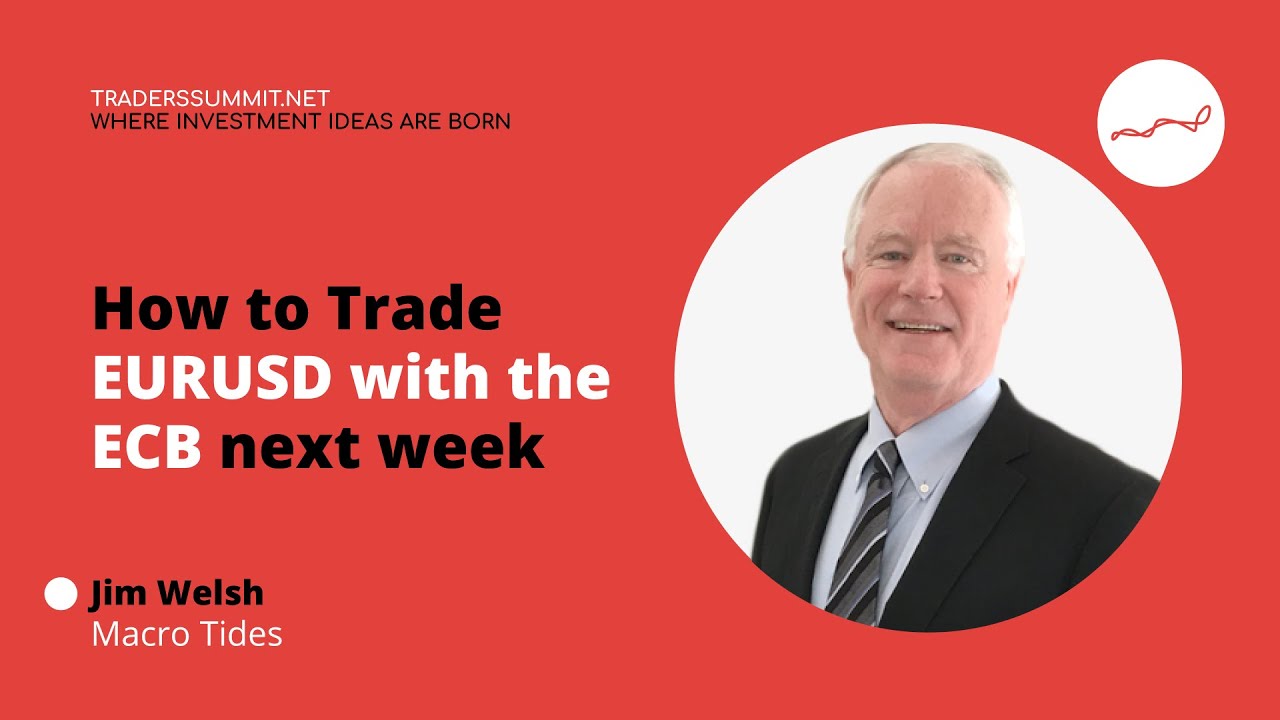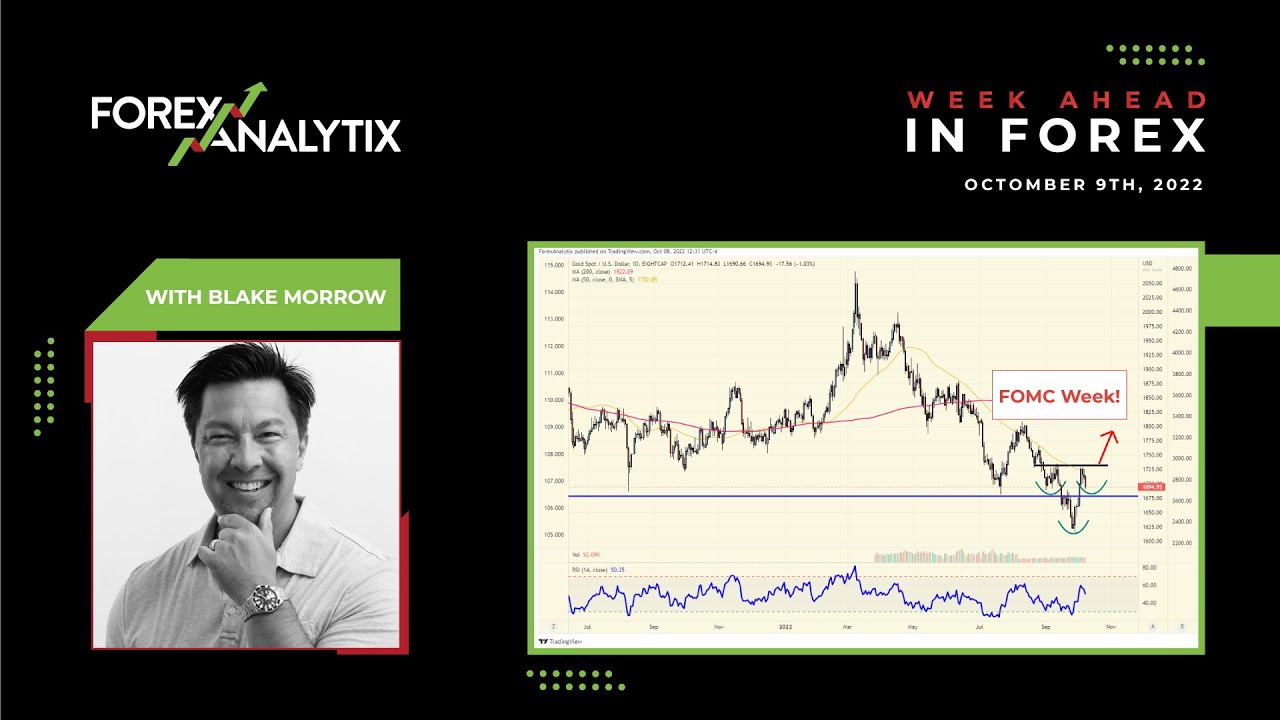Haymaker Friday Edition

Haymaker Friday Edition
In The Ring – October 6th, 2023
Making a List

“Warren, if people weren’t wrong so often, we wouldn’t be so rich.” -Warren Buffett’s long-time partner, Charlie Munger
“Market are strongest when they are broad and weakest when they narrow to a handful of blue-chip names.” -Legendary market technician, Robert Farrell.
Lately, there are a swelling number of stocks acting naughty and a shrinking quantity of those in the nice category. As I wrote on Monday, what’s particularly alarming me is the appalling performance by one of the stock market’s most conservative sectors: utilities. Per the dual charts we ran then, and are re-running for emphasis, the parallels with 1987 are disquieting.
Utility stock index performance over the last two years
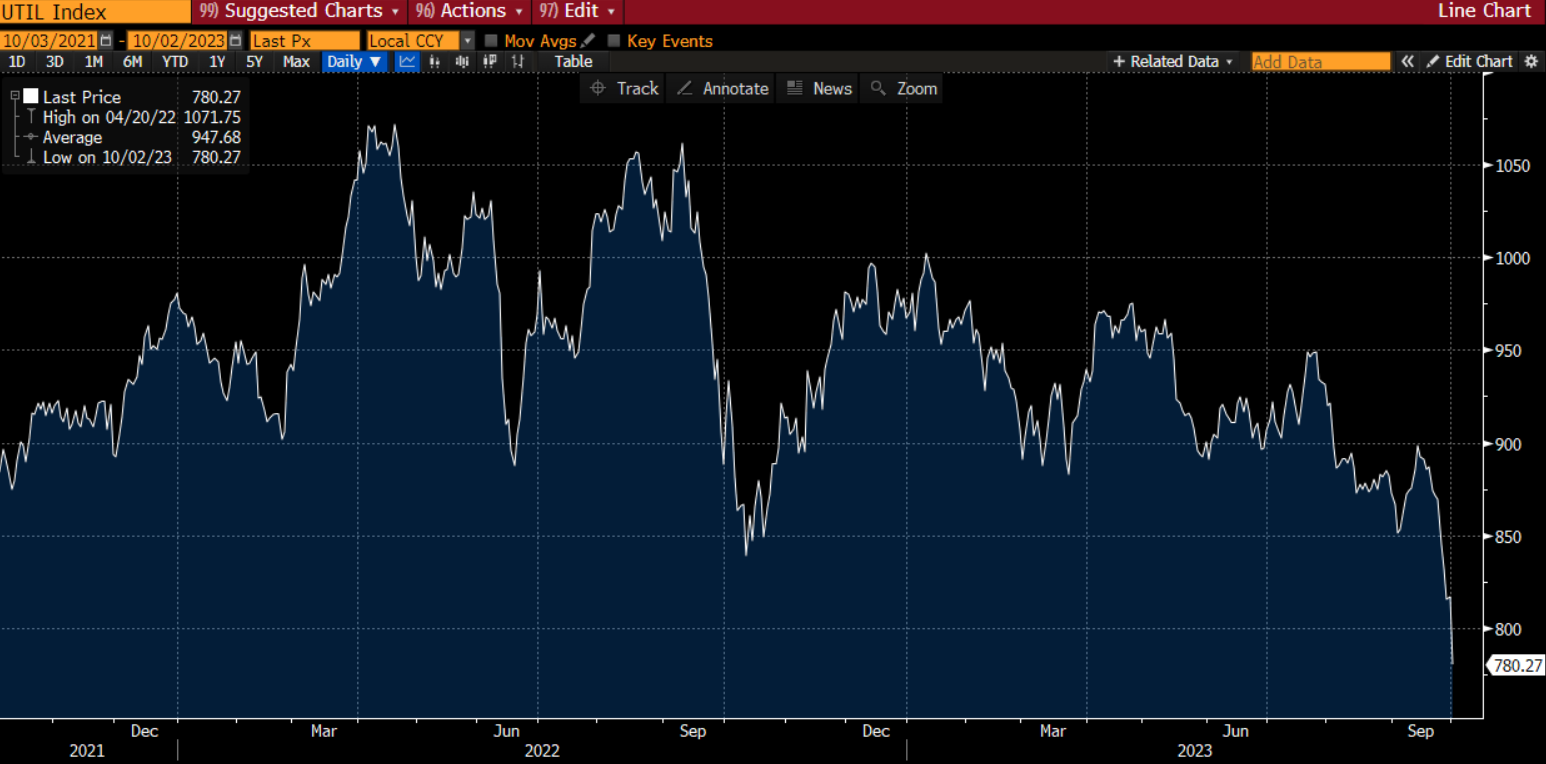
Utility stock index performance from the first quarter of 1986 to October of 1987
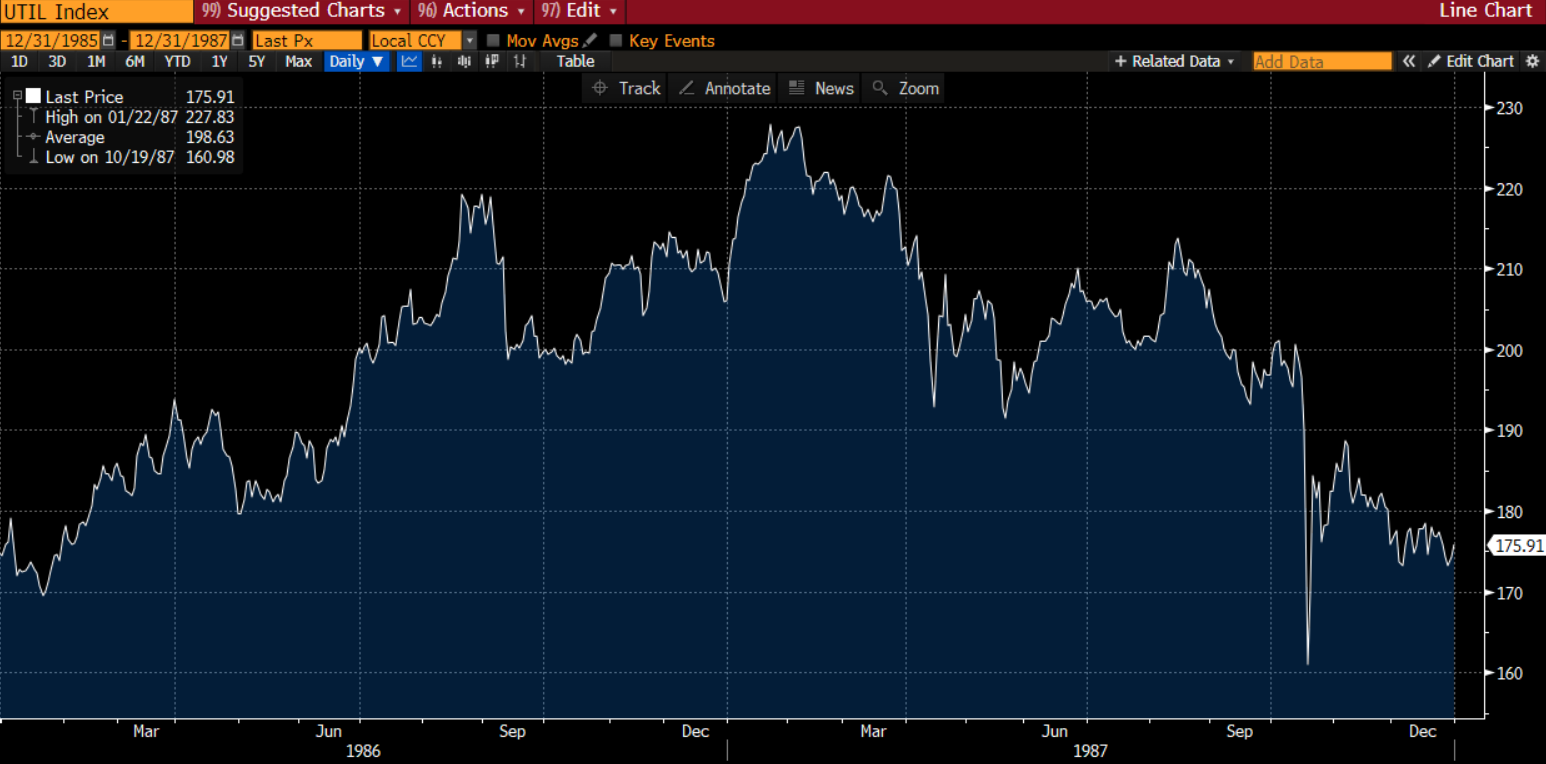
Similarly, the individual who has been ahead of the sheer chaos in bond-land, Luke Gromen, is warning there could be a cathartic sell-off looming in the long-term Treasury market. That’s also what happened in 1987 as yields soared from an already painfully high 8% that summer to 10½% in October of that year. There’s no doubt that the bond market chaos was a driving factor behind one of Wall Street’s most infamous crashes.
Of course, there’s no way of knowing whether a repeat of that is waiting in the wings. Many pundits believe we’ve had the correction and stocks will soon be rallying. They could be right. But I’ve got this uncomfortable feeling that there could be considerably more damage to play out before the bullish scenario unfolds. A big part of my discomfort is watching the bond market continue to take it on the chin, one that is looking more and more like it’s made of 1/16th inch glass.
Octobers are notorious for bringing market dives. Candidly, I thought one might happen last year, but stocks pivoted to the upside in a powerful way in the middle of last October. Hopes are high for a repeat.
One challenge is that stocks are expensive, especially relative to interest rates. However, a lot of that relates to the generally spendy status of the Magnificent Seven. Outside of those, I am struck by the multitude of stocks trading at reasonable, if not compelling, valuations. Accordingly, it might be wise to begin assembling a list of companies that have been pounded but are still solidly profitable, with some unique franchise characteristics.
Those that have seen profits rise considerably over time likely reflect some special competitive advantages. Having that list at the ready should stock prices accelerate to the downside could be most helpful in capitalizing on any broad capitulation. (Now, there’s a word you haven’t heard or read in a long while, but that might be poised to change!)
For this week’s Haymaker edition, I’m going to mention two names that you might want to put on your tracking list. As usual, I’m not saying to buy them. At this point, my firm, Evergreen Gavekal, does not own either. (In my personal account, I do own modest positions in both, acquired at higher prices.)

Evergreen Compatibility Survey

FMC (FMC)
First up is another food-related issue (we recently highlighted a major North American farm machinery manufacturer). Its official name is now FMC, but in the distant past it was known as the Food Machinery Corporation. These days they no longer make heavy equipment but a wide array of products which stimulate crop growth, as well as protecting against weeds and pests.
Lately, its ties to the farm industry have been a liability, not an asset. In a world where widespread food shortages remain a clear risk, it’s surprising that nearly all agriculture-related shares have been such poor performers. In the case of FMC, it topped out at 141 last year during the early days of Russia’s invasion of Ukraine. Since then, the market has taken a scythe to its stock price, slashing it by more than 50% down to a (possibly) rock-bottom $65. That’s worse than what happened even during the pandemic.
In fact, the stock is back to where it was 10 years ago. This is despite that earnings per share have doubled from 2013 through last year. This year, though, earnings are estimated to fall by about 18% before supposedly rebounding next year close to 2022’s record profits. (Take 2024 earnings estimates with a shaker of salt.) There is a risk it breaks multi-year support in the low 60s. If you bought it here — again, I’m not recommending that — you could use a fairly tight stop around that level.
Not helping matters was a recent short sellers’ report alleging problems with some of its patents. Naturally, the company vehemently denied those claims but there could be some validity to the negative take on this name. On the positive side, debt net of its cash trove is extremely modest.
It is fair to call FMC a “soft cyclical” stock. In other words, its earnings don’t always rise, but they also rarely have big declines. Moreover, unlike deep cyclicals, it never loses money. One of my favorite valuation metrics with stocks that have at least some volatility to their results is the price-to-sales ratio. This is as opposed to the more familiar price-to-earnings (P/E) ratio.
Because sales are less volatile than earnings, this is frequently a better way to value even soft cyclicals. (Often with these, it is best to buy them when their P/Es are somewhat elevated, due to depressed profits, and their price-to-sales ratio is low.) Presently, the price-to-sales ratio is about 1.3 times. That’s as cheap as it has traded over the past decade. Most years, it gets to at least 2.5 times sales and often well over 3 times. If it trades at 2.5 times next years’ projected revenues, that would push it back up to $125, nearly a double from here.
FMC: 10-year price chart with price-to-sales and P/E ratio range
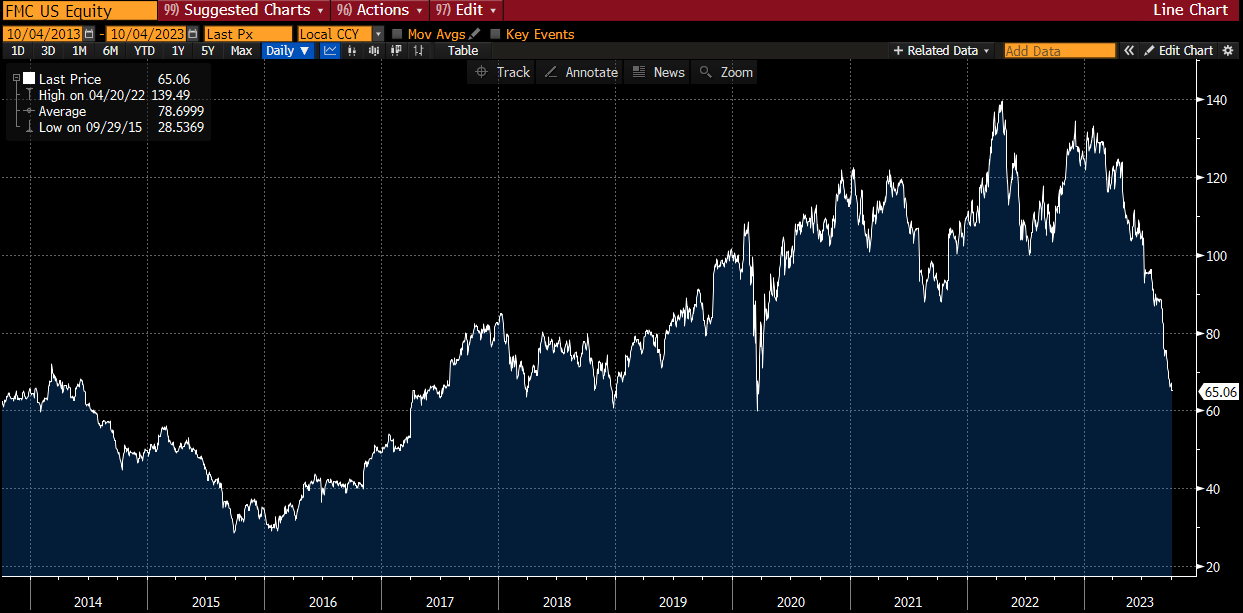
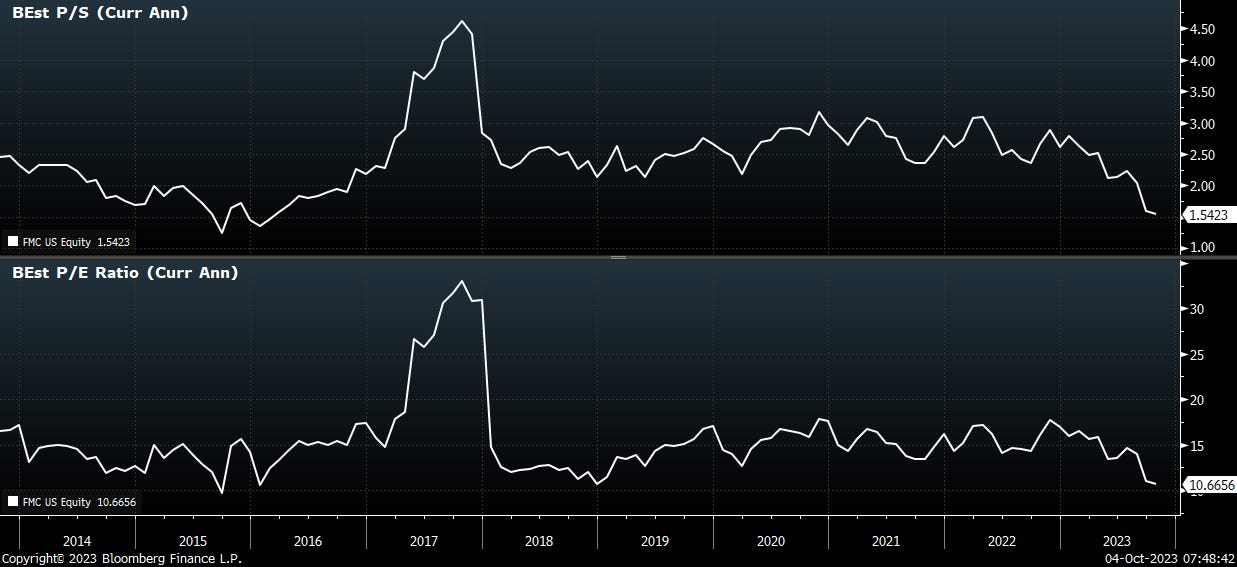
There has been a small amount of insider buying lately but it’s far from impressive. At these prices, I would expect more senior management types to open up their checkbooks. We’ll be watching to see if that indeed happens and will advise accordingly. (This is a modest position in my personal long/short account.) …
Subscribe to Haymaker to read the rest.
Become a paying subscriber of Haymaker to get access to this post and other subscriber-only content.
A subscription gets you:
| Subscriber-only posts and full archive | |
| Post comments and join the community |

IMPORTANT DISCLOSURES
This material has been distributed solely for informational and educational purposes only and is not a solicitation or an offer to buy any security or to participate in any trading strategy. All material presented is compiled from sources believed to be reliable, but accuracy, adequacy, or completeness cannot be guaranteed, and David Hay makes no representation as to its accuracy, adequacy, or completeness.
The information herein is based on David Hay’s beliefs, as well as certain assumptions regarding future events based on information available to David Hay on a formal and informal basis as of the date of this publication. The material may include projections or other forward-looking statements regarding future events, targets or expectations. Past performance is no guarantee of future results. There is no guarantee that any opinions, forecasts, projections, risk assumptions, or commentary discussed herein will be realized or that an investment strategy will be successful. Actual experience may not reflect all of these opinions, forecasts, projections, risk assumptions, or commentary.
David Hay shall have no responsibility for: (i) determining that any opinion, forecast, projection, risk assumption, or commentary discussed herein is suitable for any particular reader; (ii) monitoring whether any opinion, forecast, projection, risk assumption, or commentary discussed herein continues to be suitable for any reader; or (iii) tailoring any opinion, forecast, projection, risk assumption, or commentary discussed herein to any particular reader’s investment objectives, guidelines, or restrictions. Receipt of this material does not, by itself, imply that David Hay has an advisory agreement, oral or otherwise, with any reader.
David Hay serves on the Investment Committee in his capacity as Co-Chief Investment Officer of Evergreen Gavekal (“Evergreen”), registered with the Securities and Exchange Commission as an investment adviser under the Investment Advisers Act of 1940. The registration of Evergreen in no way implies a certain level of skill or expertise or that the SEC has endorsed the firm or David Hay. Investment decisions for Evergreen clients are made by the Evergreen Investment Committee. Please note that while David Hay co-manages the investment program on behalf of Evergreen clients, this publication is not affiliated with Evergreen and do not necessarily reflect the views of the Investment Committee. The information herein reflects the personal views of David Hay as a seasoned investor in the financial markets and any recommendations noted may be materially different than the investment strategies that Evergreen manages on behalf of, or recommends to, its clients.
Different types of investments involve varying degrees of risk, and there can be no assurance that the future performance of any specific investment, investment strategy, or product made reference to directly or indirectly in this material, will be profitable, equal any corresponding indicated performance level(s), or be suitable for your portfolio. Due to rapidly changing market conditions and the complexity of investment decisions, supplemental information and other sources may be required to make informed investment decisions based on your individual investment objectives and suitability specifications. All expressions of opinions are subject to change without notice. Investors should seek financial advice regarding the appropriateness of investing in any security or investment strategy discussed in this presentation.
20231007




